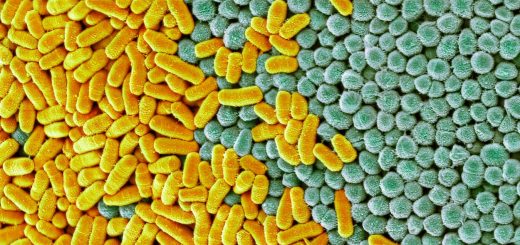Sea spiders ‘farm’ methane-eating bacteria on their bodies
Sea spiders living near deep-sea methane seeps appear to cultivate and eat bacteria on their exoskeletons
By James Dinneen
20 June 2025
Sea spider from the genus Sericosura
Biance Dal Bó
Spider-like creatures living near methane seeps on the seafloor appear to cultivate and consume microbial species on their bodies that feed on the energy-rich gas. This expands the set of organisms known to rely on symbiotic relationships with microbes to live in these otherworldly environments.
Shana Goffredi at Occidental College in California and her colleagues collected sea spiders – marine arthropods named for their resemblance to arachnids – living near three different methane seeps in the Pacific Ocean. They found three previously unknown species from the sea spider genus Sericosura that appear to be abundant only near these gas seeps.
Read more
Invasive snake is surviving in Britain by living in attics and walls
Advertisement
Other types of sea spiders that don’t live near seeps largely eat other invertebrates. But the researchers found the new sea spiders appear to get most of their nutrition by eating a distinctive set of bacterial species that live on their bodies. These bacteria harvest energy by metabolising methane and methanol coming from the seeps, energy that would otherwise be inaccessible to the sea spiders.
The researchers found the bacteria were confined to the spiders’ exoskeletons like a “microbial fur coat”, growing in what Goffredi describes as “volcano-like” clusters. The layers of bacterial growth also had markings like lawnmower tracks where the spiders may have munched on them using their hard “lips” and three tiny teeth.
To confirm the sea spiders really were eating the bacteria, the researchers also used a radioactive labelling technique to track how the carbon in methane was consumed by the sea spiders in the lab. “We watched that methane go into the microbes that are on the surface of the spiders, and then we watched that carbon molecule move into the tissues of the spider,” says Goffredi.


